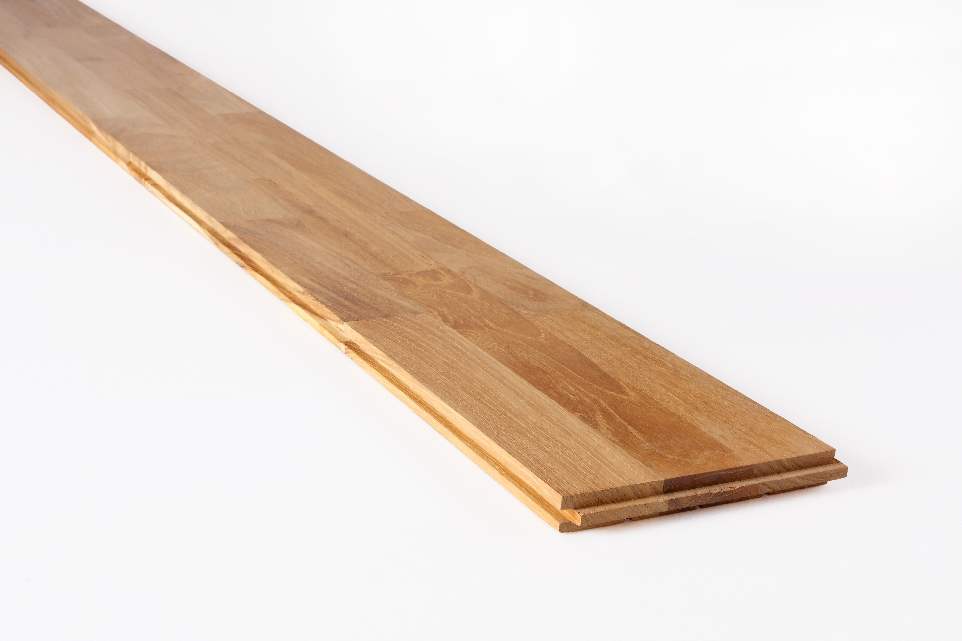Got myself a bit of a random bargain, 21m2 of really good quality 20mm engineered oak flooring, for £100, cheaper than the cheapest laminate out there 
However.. I suspect that this thing has been left somewhere in storage for very very very long time, because the packaging & build of the flooring itself looks a bit ancient.
It has got just a finger joint and it must be pushed together rather hard for it to stay there+ the fact that it has sat somewhere for very long time doesn't help it either as some of the joints will need some attention due to some movement in wood.
The joint is like this one:

So my questions are:
-is there any special technique when laying such flooring? Do you need to fill the joints out with pva and glue it together?
-how large expansion gaps you must leave at the ends, the same 5-6mm you leave for laminate?
-and what kind of waste percentage is there when laying such flooring? I have laid A lot of laminate floorings before and I get maybe only 2-3% wastage , the thing is I need to cover 20.5m2 of area with it and I only got 21m2 of it,that's all the guy had So will need to work really carefully.
So will need to work really carefully.
maybe anyone recognizes such markings and do know the approx age of it as well?
Thanks.




However.. I suspect that this thing has been left somewhere in storage for very very very long time, because the packaging & build of the flooring itself looks a bit ancient.
It has got just a finger joint and it must be pushed together rather hard for it to stay there+ the fact that it has sat somewhere for very long time doesn't help it either as some of the joints will need some attention due to some movement in wood.
The joint is like this one:

So my questions are:
-is there any special technique when laying such flooring? Do you need to fill the joints out with pva and glue it together?
-how large expansion gaps you must leave at the ends, the same 5-6mm you leave for laminate?
-and what kind of waste percentage is there when laying such flooring? I have laid A lot of laminate floorings before and I get maybe only 2-3% wastage , the thing is I need to cover 20.5m2 of area with it and I only got 21m2 of it,that's all the guy had
maybe anyone recognizes such markings and do know the approx age of it as well?
Thanks.




































